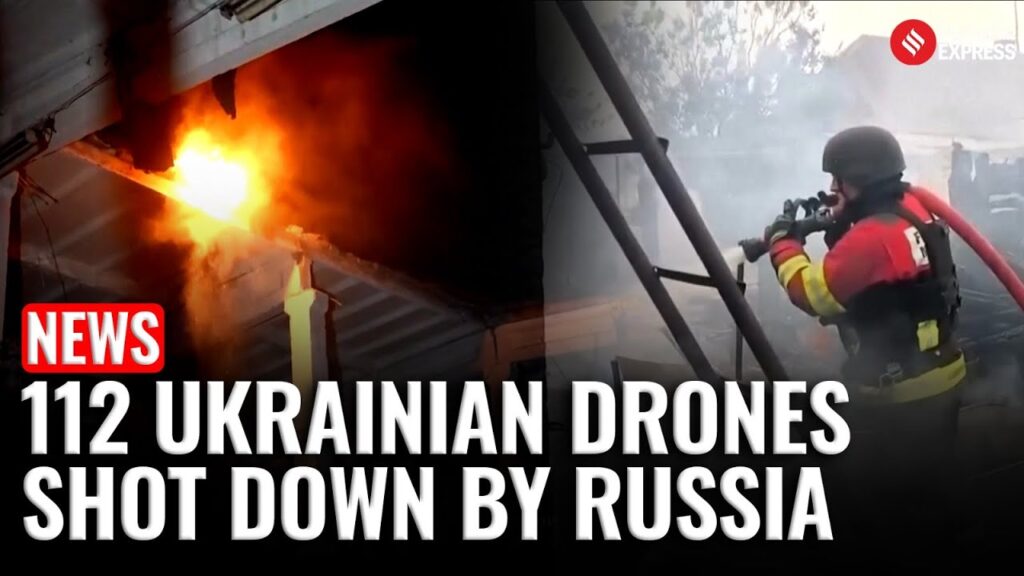
Introduction
The use of drones in warfare has transformed military strategies around the globe, and nowhere is this more pronounced than in Ukraine. As the conflict with Russia continues, drones have become a critical element in both reconnaissance and direct combat operations. This article explores the significance and evolving role of drones in the Ukraine conflict, highlighting the challenges and implications for the future of warfare.
Roles and Advancements of Drones in Ukraine
Since the escalation of the conflict in 2022, Ukraine has adeptly integrated drones into its military operations. Unmanned aerial vehicles (UAVs) have proven invaluable for intelligence gathering and targeting enemy positions. According to reports from the Ukrainian Defense Ministry, drones were instrumental in locating Russian troop movements and artillery positions, allowing for precision strikes and minimizing collateral damage.
Moreover, Ukraine has successfully utilized commercial drones, such as the DJI Phantom series, for surveillance and reconnaissance missions. These drones, coupled with thermal cameras and night vision capabilities, have expanded the operational reach of Ukrainian forces even in low-visibility conditions.
International Support and Drone Technology
International allies have also contributed to enhancing Ukraine’s drone capabilities. The United States and several NATO countries have supplied advanced drone technologies, including combat drones like the Switchblade and Ajax systems. These systems are designed to provide tactical advantages on the battlefield by delivering precision strikes and engaging enemy targets effectively.
According to a recent report, Ukraine has increased its drone fleet tenfold over the past year, enabling more extensive surveillance and combat support. However, the reliance on drones has raised concerns regarding vulnerabilities to electronic warfare tactics employed by Russian forces, which have increasingly targeted UAVs using signal jamming and anti-drone technologies.
Challenges and Future Outlook
As the conflict progresses, both sides are adapting their strategies regarding drone technology. The challenge for Ukrainian forces lies in maintaining and expanding their drone capabilities while countering Russian advances in electronic warfare. As Ukraine seeks to acquire more sophisticated UAV systems and develop its drone technologies, it also emphasizes the importance of integrating these assets into a cohesive battlefield strategy.
Looking forward, the continued evolution of drone technology will likely shape military operations not only in Ukraine but globally. The lessons learned from this conflict may influence how future military engagements are conducted, including the role of drones in both offensive and defensive operations.
Conclusion
Drones have emerged as a defining feature of the ongoing conflict in Ukraine, impacting tactical decision-making and operational effectiveness. As both Ukraine and Russia adapt their strategies and technology, the presence of drones underscores the complexity of modern warfare. For observers and military analysts alike, the unfolding events in Ukraine provide a critical case study on the use of drones, likely influencing future conflicts across the globe.



